It is amazing that a horse is such a large and powerful animal and still has such a delicate digestive system. It is also amazing that their 90+ foot digestive tract doesn’t cause more problems than it does. A Horse’s nutrition management is extremely critical due to the unique arrangement and anatomy of its digestive tract. Often, it is the feeding methodology, not the feed composition, which leads to digestive disorders in horses. Tracking and managing your horse’s nutrition should be taken very serious. Digestive problems can result in a horse’s premature death. Two common problems most often nutrition related are colic and laminitis.
Far too often, you hear someone say they feed their horse a couple of flakes of hay two times a day and a coffee can of grain. Under some circumstances that might be adequate, but the probability of a digestive problem is far greater than if a horse’s nutrition is defined, measured and scheduled using a well thought out nutrition plan and a horse management system to execute the plan. The plan should be based on a horse’s weight and body score, its use and discipline, where it is in its life cycle, the nutrition value of its feed and how it is stabled and cared for. It is well worth the time you will invest. You only have to do it once and then tweak it a few times to get it right. An investment in a good horse business management system and less than $75 in a good scale can help prevent a $5,000+ colic surgery.
A horse’s nutrition is so important to its health and performance it should be considered part of a horse’s preventative care protocol. A good horse business management system should provide the information you need and assist you in setting up, managing, tracking and communicating your horses’ daily nutrition and feeding schedule.
The following are some of the essentials that should be available in your horse business management system:
• Feed your horse based on its life cycle, use and discipline;
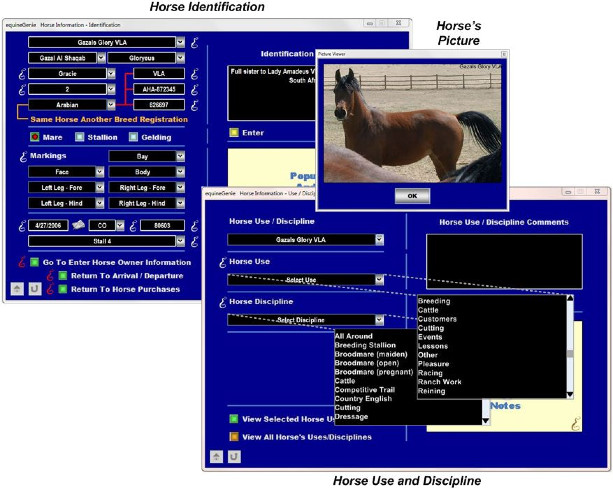
• Feed your horse based on its body weight and available research – asktheGenie;

• Feed your horse at set feeding times with measured portions that are easily communicated to anyone who feeds;
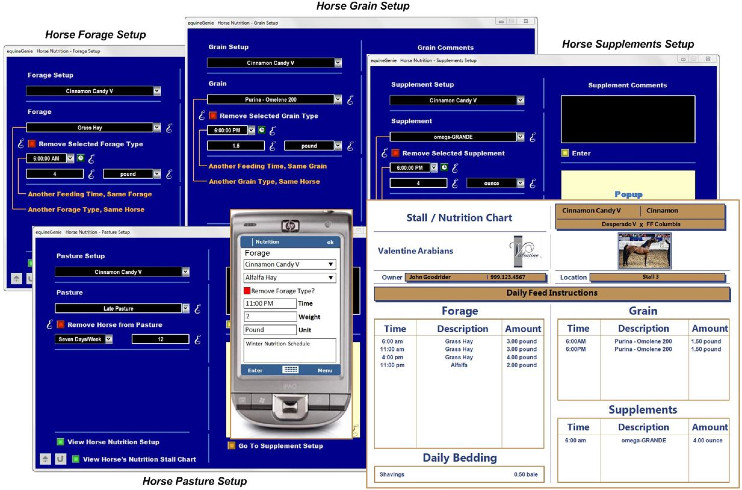
• Establish a schedule to track and manage a horse’s body score;
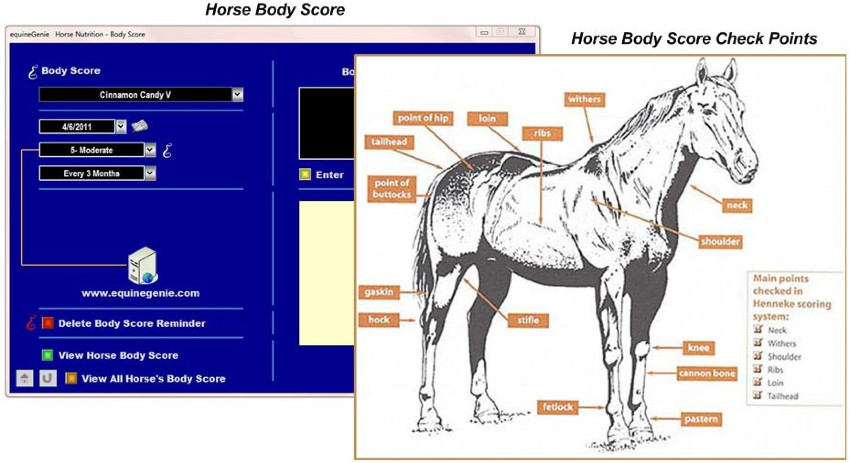
• Know the nutritional value of what you are feeding your horse – asktheGenie;
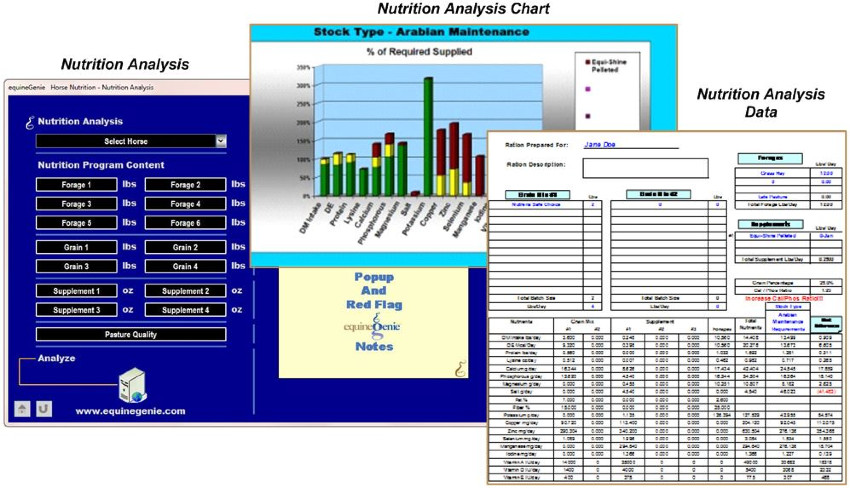
• Know the consumption cycle and shelf life of your feed and routinely evaluate its nutritional value vs. the cost of feeding your horse;

• Establish, schedule and administer a routine dental and parasite control protocol.
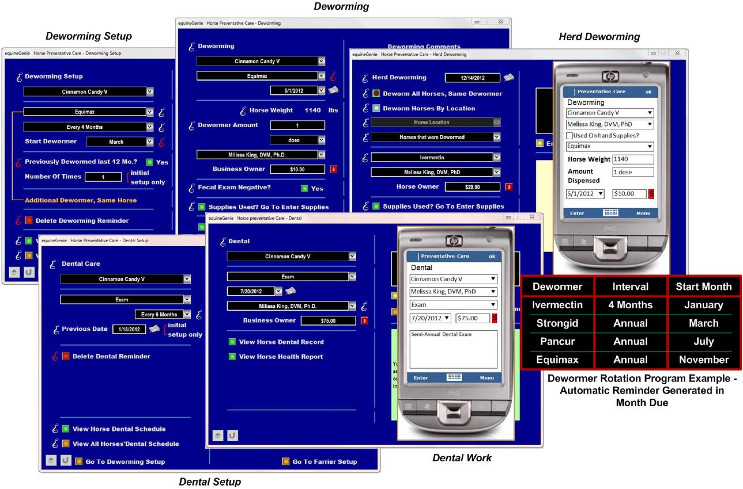
Using an integrated horse management system will significantly reduce the time required to setup, track, manage and communicate your horse nutrition program. Without an integrated system your horse’s nutrition program is prone to mistakes and mismanagement. Having to use several programs to accomplish what an integrate system does significantly increases the time involved and the opportunity to make mistakes and introduce data entry errors.
Sign up for a free one year subscription to our newsletter at info@genieatwork.com and receive a ‘Genie At Work’ mouse pad. Just write ‘Sign me up for your Newsletter’ in the subject section and enter your name and address in the content section.
Happy Trails, Good Management and Business Discipline Always!
Bob Valentine, Ph.D.
President
GenieCo, Inc.
Box 271924
Ft. Collins, CO 80527
970.682.2645 or 970.231.1455
bob@genieatwork.com